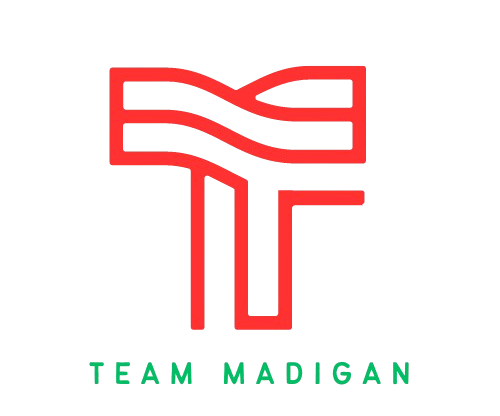Introduction: In the ever-evolving realm of technology, web development stands as a cornerstone of innovation and connectivity. From the static pages of the early internet to the dynamic, immersive experiences of today’s web applications, the journey of web development has https://bouwvaknl.nl/ been nothing short of remarkable. This article aims to explore the multifaceted http://kikiskloset.nl/ world of web development, shedding light on its key components, trends, and best practices.
The Evolution of Web Development: Web development has come a long way since its inception. Initially, static HTML pages dominated the landscape, http://laamagazine.nl/ offering simple, text-based content. However, with the advent of CSS and JavaScript, websites became more visually appealing and interactive. The rise of server-side programming languages https://oxio.be/ such as PHP, Python, and Ruby on Rails https://oudersnatuurlijk.nl/ further revolutionized web development, enabling dynamic content generation and https://actieauto.nl/ database interaction.
In recent years, the https://mytaste.nl/ proliferation of frameworks and libraries, such as React, Angular, and Vue.js, has ushered in the era of single-page applications (SPAs) and component-based https://mommystories.nl/ architecture. Additionally, advancements in front-end tooling, http://levenomteeten.nl/ version control systems, and deployment pipelines have https://leukvoorinhuis.nl/ streamlined the development process, empowering developers to build complex web applications with greater efficiency and scalability.
Key Components of Web Development: Web http://kikiskloset.nl/ development encompasses a diverse range of technologies and disciplines, each playing a crucial role in the creation of modern web applications. Some https://prometei.de/ key components include:
- Front-end Development: Front-end development involves crafting the user interface and experience using HTML, CSS, and JavaScript. Front-end frameworks like Bootstrap and MaterializeCSS provide http://gelddromer.nl/ pre-designed UI components and responsive layouts, while JavaScript libraries such as jQuery facilitate DOM manipulation and event handling.
- Back-end Development: Back-end development focuses on server-side logic and database https://bistrovivant.com/best-teflon-free-air-fryer/ management. Popular back-end https://supplemynts.com/ frameworks like Express.js (for Node.js), Django (for Python), and Ruby on Rails provide the foundation for building robust APIs and handling business logic.
- Database Management: Databases serve as the backbone of web https://guestpostlinks.co.uk/ applications, storing and retrieving data efficiently. SQL databases like MySQL https://ukcartrade.co.uk/ and PostgreSQL offer relational data modeling, while NoSQL databases like MongoDB and Redis provide flexible, schema-less storage for unstructured data.
- DevOps and Deployment: DevOps practices involve automating the https://financeandfreedom.org/ deployment, testing, and monitoring of web applications to ensure https://jamesclappinson.co.uk/ seamless delivery and performance. Continuous integration/continuous deployment (CI/CD) pipelines, containerization with Docker, and cloud platforms like AWS and Azure are https://watercolour-art.me.uk/ integral to modern web development workflows.
Emerging Trends and Best Practices: As https://www.eheatcool.com/services/cooling/air-conditioni technology continues to evolve, several trends and best practices https://www.superman68.net/ are shaping the future of web development:
